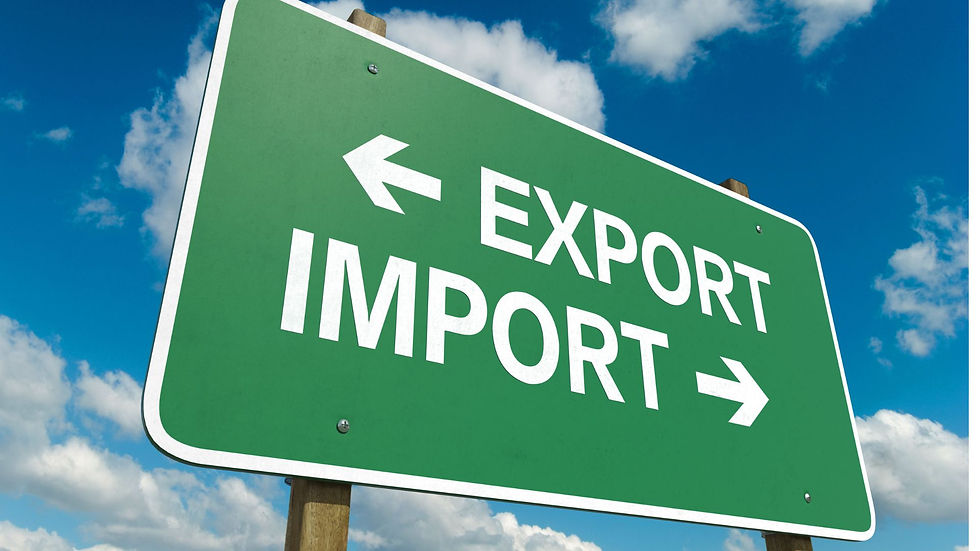How to Avoid Shipping Delays When Sourcing Frozen Fish in 2025
- CMDX Global

- Jun 24
- 2 min read
Shipping delays are more than just an inconvenience — in the frozen seafood business, they can lead to product loss, customs penalties, and damaged buyer relationships. With tighter port security, increased carrier volatility, and stricter documentation checks in 2025, importers need to be proactive, not reactive.
Here’s a practical guide to avoiding shipping delays when sourcing frozen fish — whether you're importing to the US, Europe, or beyond.
✅ 1. Confirm Product Readiness Before Booking a Vessel
Many delays happen because shipments are booked before products are truly ready.
Before your freight forwarder schedules pickup:
Ensure the frozen product is fully processed, packed, and palletized
All documentation (invoice, packing list, health certificate) must be prepared
Confirm that lab tests or certs (like EU residue reports) are completed, if required
✅ 2. Work Only With Exporters That Understand Cold Chain Logistics
Cold chain isn’t just about freezing the fish — it’s about protecting that frozen state until delivery.
Ask your exporter:
Are reefer containers pre-checked and sealed?
Is product loaded within the time frame allowed for -18°C or lower?
Are data loggers used to track container temperature?
On request, CMDX tracks cold chain performance from warehouse to port, reducing risk of spoilage or customs rejection.
✅ 3. Use Exporters Familiar With Your Destination’s Customs Rules
A product can arrive on time — but still be stuck in port if your documents are incomplete or incorrect.
For example:
The EU requires catch certificates, origin documents, and precise labeling
The US requires FDA registration, Prior Notice, and seafood HACCP
Africa may require local language labeling and consular invoices
✅ 4. Ask for Lead Times — But Demand Transparency
Not all delays are avoidable — but good partners communicate risks early.
CMDX provides:
Expected processing completion dates
Vessel booking schedules
Cutoff dates for document submission
Real-time shipping updates via forwarders
This allows buyers to plan inventory and avoid surprise gaps.
✅ 5. Build in Buffer Time During Peak Seasons
Shipping frozen fish in Q2–Q3 2025? Expect congestion.
High-risk windows include:
Lunar New Year (January–February)
EU summer buying rush (April–July)
US end-of-year foodservice surge (October–December)
If your orders fall near these periods, book early and allow +1–2 weeks buffer.
✅ 6. Plan for Container Availability & Port Access
Since 2023, container imbalances and blank sailings have created new challenges. Southeast Asia is generally stable, but port access issues still happen.
CMDX works with multiple freight forwarders and carriers to reduce single-point failure risk and helps buyers reroute containers in case of rollovers.
🚚 Final Thoughts: Shipping Frozen Fish in 2025 Requires Experience — and a Backup Plan
Whether you're a distributor in Europe or a buyer in the US, one delay can throw off your entire cold chain. The key? Work with sourcing partners who understand compliance, control logistics end-to-end, and keep you informed — not guessing.
💡 CMDX combines on-the-ground sourcing in Asia with a global logistics team — making it easier for buyers to plan, prepare, and protect every shipment.
Ready to avoid shipping delays in your next order? Get in touch with CMDX for region-specific sourcing plans and real-time logistics support



Comments